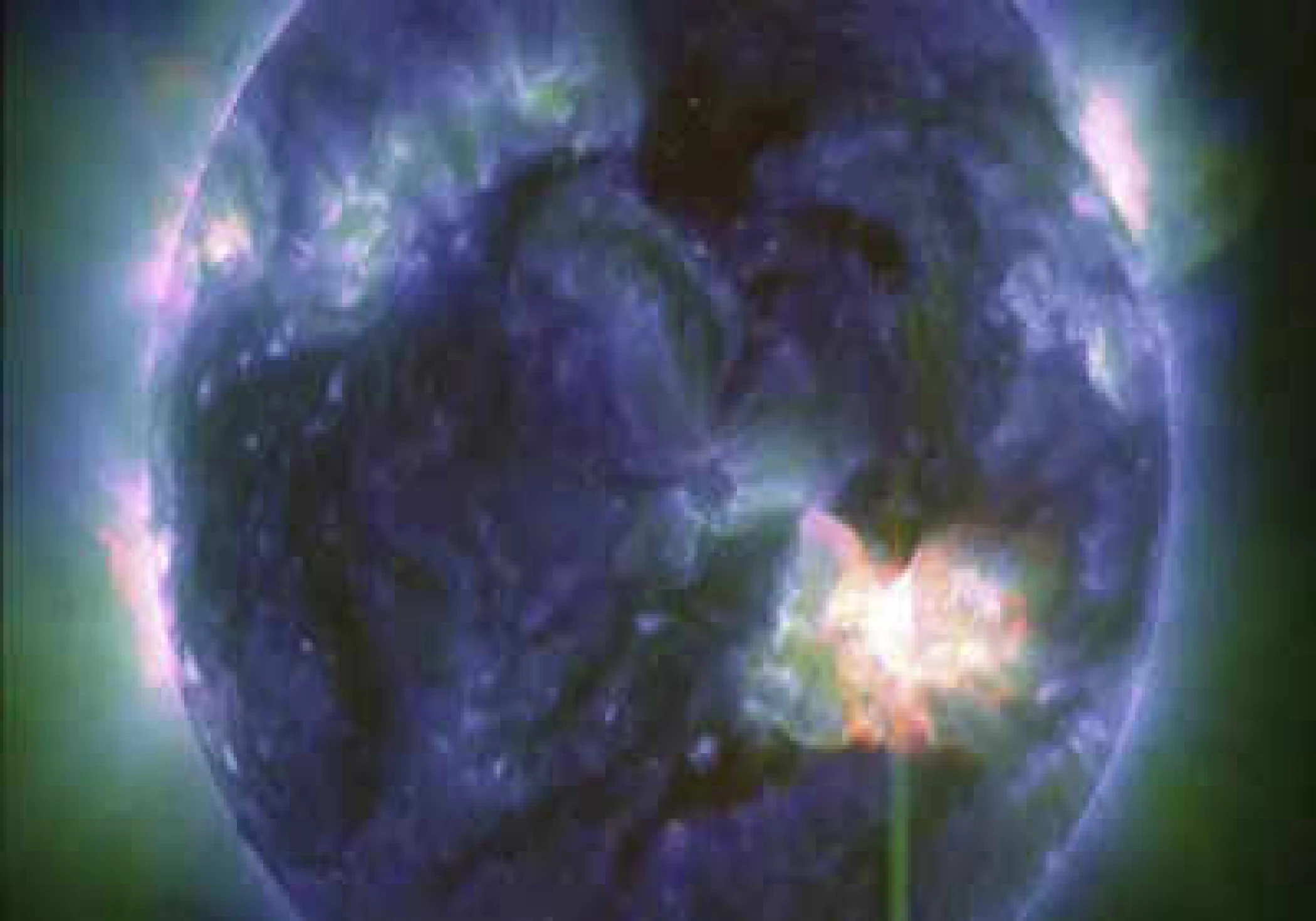
A Powerful solar storm, the strongest in over two decades, arrived on Earth on Friday, triggering dazzling auroral displays across the globe. However, this celestial spectacle comes with a hidden danger – potential disruptions to communication networks and power grids.
The storm originated from a coronal mass ejection (CME), a massive burst of plasma and magnetic fields hurled towards Earth from the Sun. The first wave of the CME struck Earth on Friday, according to the US National Oceanic and Atmospheric Administration's (NOAA) Space Weather Prediction Center.
These solar storms unleash geomagnetic storms – disturbances in Earth's magnetic field. The fluctuating magnetic fields induced by these storms can create currents in long conducting wires, like power lines. These currents can overload transformers, leading to power outages. Additionally, extended pipelines can become electrified, causing issues for engineers.
Thankfully, Earth's atmosphere shields us from the harmful radiation that accompanies solar storms. However, satellites orbiting Earth are vulnerable. The surge in radiation can damage their electronics, potentially disrupting GPS navigation, radio communications, and other satellite-dependent services.
Scientists are keeping a close eye on the situation as the effects of the solar storm are expected to linger into the weekend. Fortunately, many countries, including the United States, have taken steps to mitigate the risks of solar storms by fortifying their power grids. The hope is that these measures will prevent widespread blackouts.



